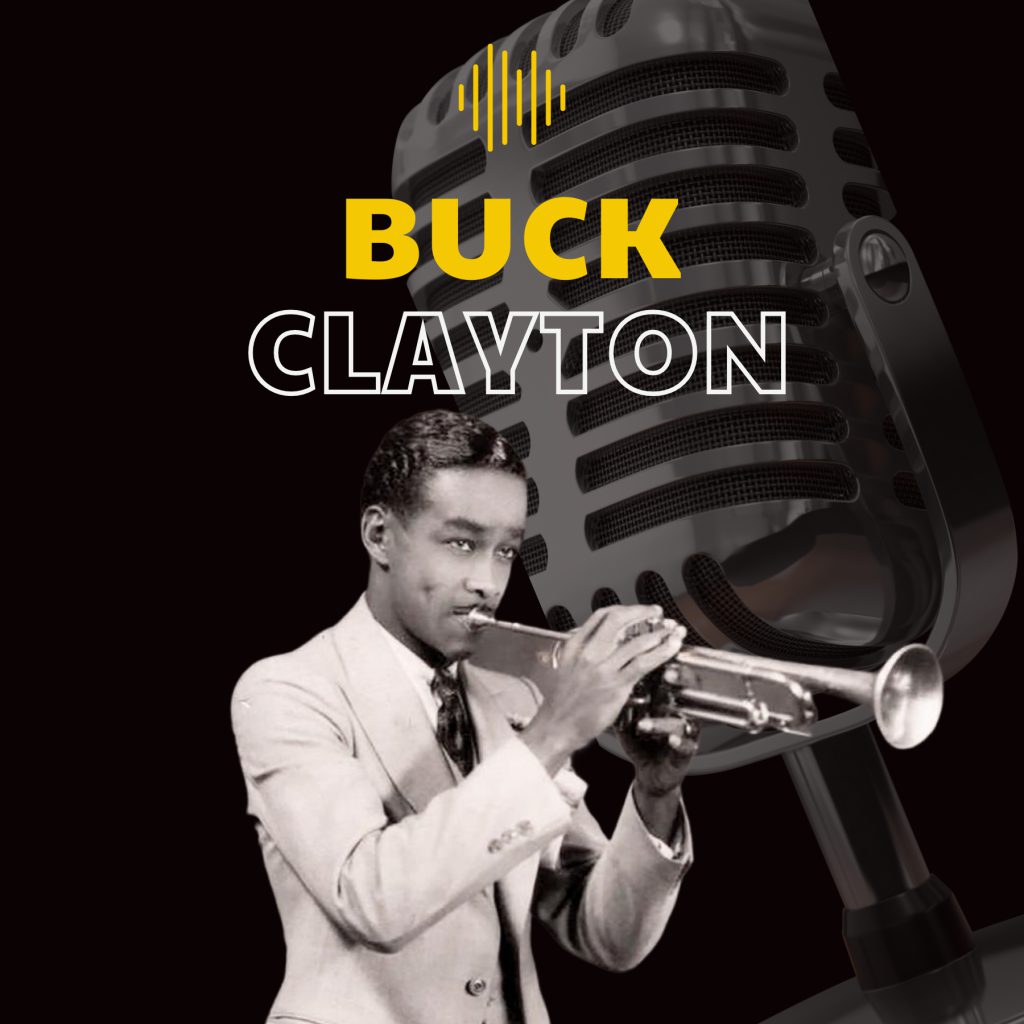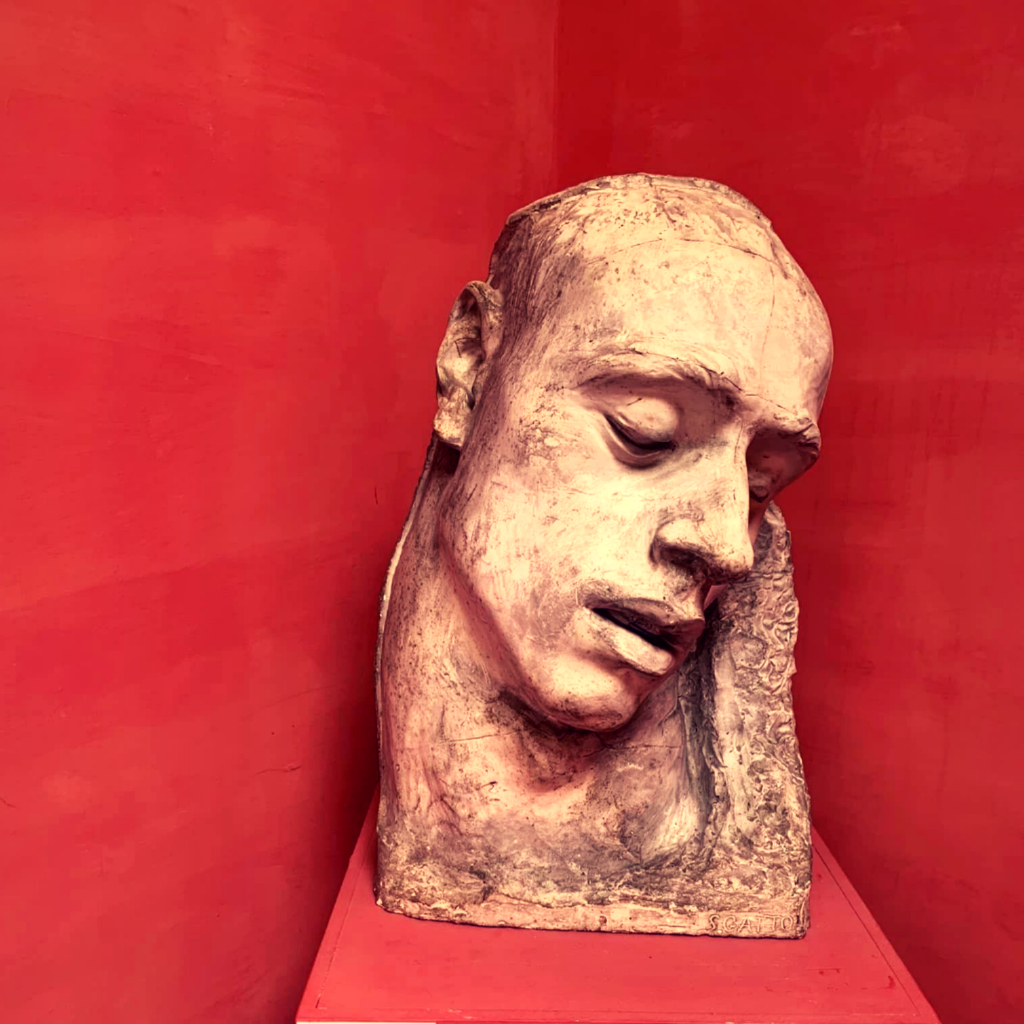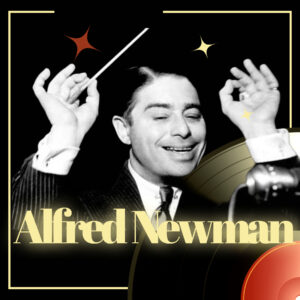
On this day 1911 (Wilbur) “Buck” Clayton, American jazz trumpet player (Count Basie; Billie Holiday; Lester Young), and bandleader, best known for his role in the classic early Count Basie orchestra, born in Parsons, Kansas (d. 1991).
Buck Clayton played in Los Angeles dance halls before joining Earl Dancer’s 14 Piece orchestra in Harlem, leading a band from 1932 to 1934, and touring in China with the Teddy Weatherford orchestra until 1936. Buck Clayton received his education in high school and from his father’s private piano lessons. He joined Count Basie and His Orchestra when he came back to the United States. He was a US Army soldier during World War II. He went on multiple performance tours throughout Europe after becoming a soloist in the “Jazz at the Philharmonic” series. His additional instrumental pieces are “Swingin’ at the Copper Rail”, “7th Avenue Express”, “Stan’s Dance”, “Night Ferry”, “Avenue C”, “Blues Blase”, “Buckini”, and “Love Jumped Out”, all of which were published by ASCAP after he joined in 1957.
Wilbur Dorsey “Buck” Clayton (1911-1991) was named for inventor and aviator Wilbur Wright:
My mother wanted me to have a name that wouldn’t have a nickname . . . However, she defeated her own purposes by nicknaming me Buck. When I was about 12 years old, wild [Native American] boys were known as bucks. She always said that I was pretty wild kid, so she named me Buck because of being part Cherokee Indian on my Dad’s side of the family.
His father, Simeon Oliver Clayton was a capable and erudite man. A newspaper editor, poet and musician, he played brass bass and sang bass in a popular vocal harmony group, “one of the greatest singing groups of the territory” notes Buck.
His signature trumpet sound was more intimate and smoother than his contemporaries, featuring a flowing and melodic approach to improvisation, refined tone, imaginative use of mutes and a great feel for the blues. His restrained style and melodic improvising made him a popular soloist and international Jazz star.
Though Clayton was born and raised in Kansas that’s not how he became part of the Kansas City music scene. In 1936 he just happened to be in K.C. when Basie needed a trumpeter and practically hired him on the spot. Clayton was on every recording of the Basie orchestras and small bands from their first emergence on record in 1936 until 1942 (save a small handful of sessions).
The Basie sound was like no other. They could blow other bands off the bandstand or create dark and mysterious moods with exotic harmonies. Buck was a perfect match for the Basie crew, writing: “they never let up. They would swing you into bad health . . . I had never heard such swingin’ music in my life . . . there were only nine of them, but that nine could out-swing anything that I’d ever heard.”
Though initially shocked to be offered only $14 dollars a week, Buck took the job anyway because he loved their music. His timing proved fortunate; the orchestra soon moved East and hit it big. Clayton became a valued component of the inner circle. Unofficially he was the orchestra’s music director, also contributing tunes and arrangements. The sound of his muted trumpet was a key textural component integral to early Basie hits.
His vital role extended to the landmark small band records of Count Basie and the Kansas City Five, Six and Seven (1938-39). Buck co-starred in those combos with saxophonist Lester Young, trombonist Dickie Wells, Basie and his famed rhythm section. Their success was part of a broad trend of successful jazz combos that sold well, transforming and advancing Swing music.
Historic 1976 all-star session with 12-piece group jamming on Clayton’s compositions. Group includes Hank Jones, Lee Konitz, Harry “Sweets” Edison, Vic Dickenson and Jimmy Knepper. After being out of print for nearly 30 years, Chiaroscuro is now releasing the album for the first time on CD and digital:



